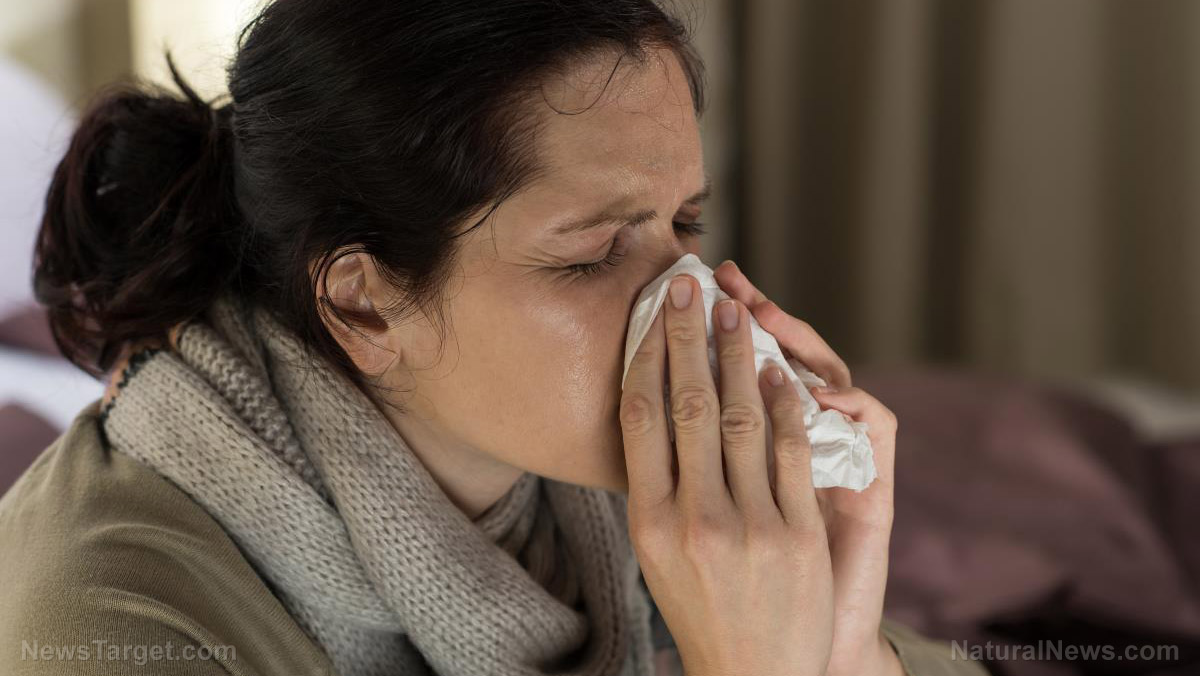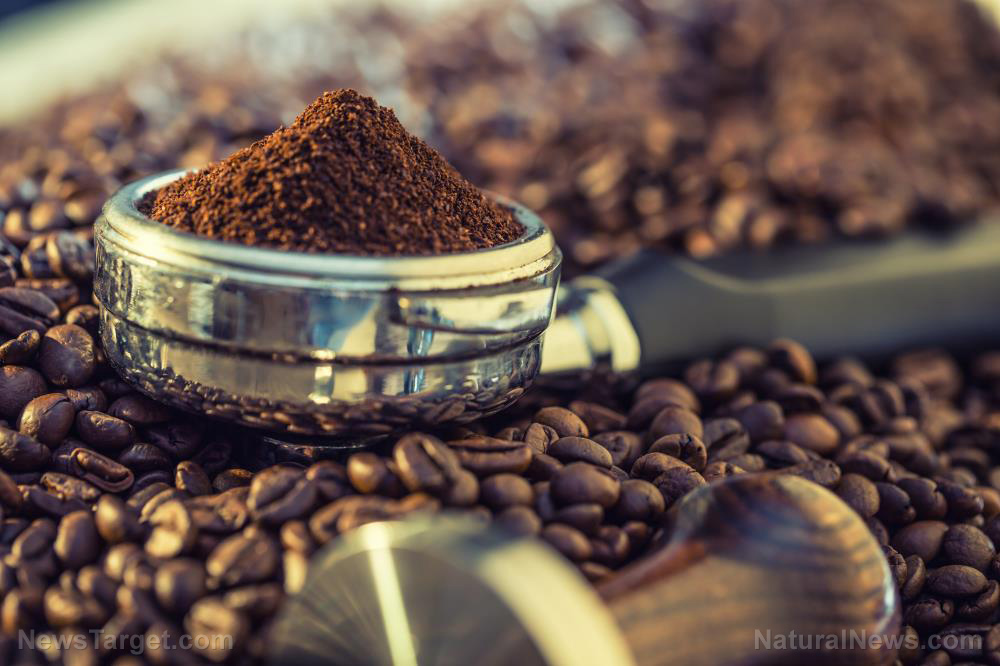
The Australian Medical Association (AMA) is on the move to lessen and stop the spread of highly infectious germs as Australia currently suffers through its worst influenza outbreak in 15 years.
According to the report, aside from the pressure of focusing on hygienic habits, the biggest problem is rooted on the way Australians sneeze.
Health experts said that sneezing into a tissue is not the most effective way of stopping the spread of germs. They said people should be taught the “American way” of sneezing. (Related: 7 Natural Home Remedies to Relieve Sneezing.)
Guy Eslick, a professor at the University of Sydney, told The Daily Telegraph that Australians need to stop sneezing the wrong way and adopt the “elbow-sneeze” like Americans. The move is known as “the dab” which almost mimics the sporting celebratory gesture.
The “dab” move, also referred to as “vampire” sneeze, is shown on disease control advertising internationally, such as in Canada and Florida.
“People are not seeing enough advertising campaigns in front of them about how to sneeze properly and have general good hygiene," Eslick said.
For her part, Lindsay Grayson, Hand Hygiene Australia director and professor, said that people must learn to cough and sneeze into their elbow simply because it reduces potentially deadly influenza spreading.

“Sneezing or coughing into your elbow should be considered the new good etiquette. It's better than into hand or snotty handkerchief,” Grayson said.
Flu education campaign needed
Eslick has also suggested re-educating children on the best way to sneeze. He mentioned that children in Boston, Massachusetts were taught almost every day about sneezing into their elbow.
“It all comes back to a public education — the government should be taking a more proactive approach,” Eslick said.
Health authorities in Britain and New South Wales (NSW) have run a “catch it, bin it, kill it” campaign to educate people to stop the spread of germs by sneezing into a tissue, disposing of it, and washing hands. This year's campaign cost more than 200,000 Australian Dollars or more than $160,000.
According to the report, there is no mandatory flu education campaign in NSW schools or on public transport vehicles but principals have the option to have a poster in their school.
“While NSW Health prefers people to use disposable tissues to cover coughs and sneezes, we agree using your elbow is the next best option,” said Dr. Vicky Sheppeard, NSW Health director of communicable disease.
She added that NSW Health will be evaluating the 2017 campaign at the end of the flu season before planning the campaign for next year.
“I think we do need better education. Hand washing and covering your mouth is important but it's a highly virulent bug that's going to spread no matter what. (Education) in schools and transport helps,” AMA NSW president Brad Frankum expressed.
On the Australian flu outbreak
This year, more than 70,000 cases of flu have been reported so far, including a record breaking 30,000 cases last month in Australia. This is the worst flu outbreak in recorded history to hit the country.
The previous influenza record occurred in 2015 when more than 100,000 people tested positive for the flu.
Because of this flu outbreak, health experts have already urged people to have flu vaccine as soon as possible to prevent further spread of the disease, according to a news report by News.com.au.
Read more about the flu vaccine and natural ways to guard against the flu at Influenza.news.
Sources include:
Please contact us for more information.






















